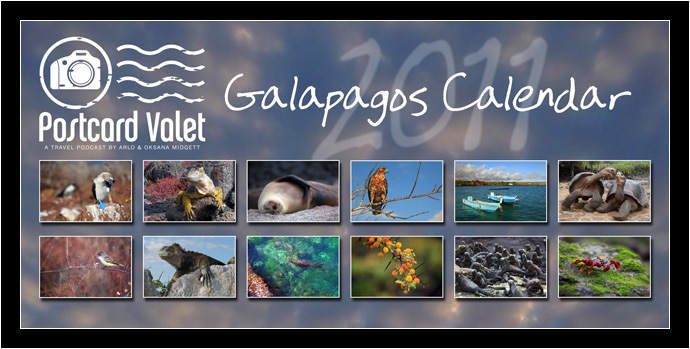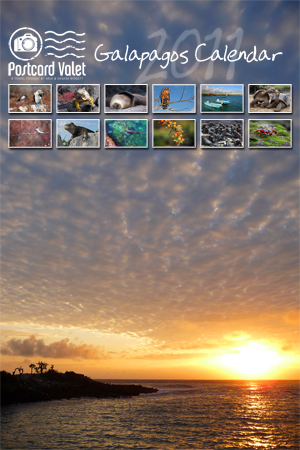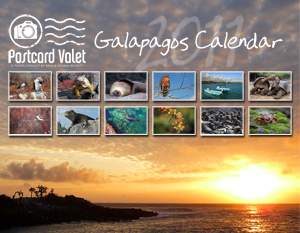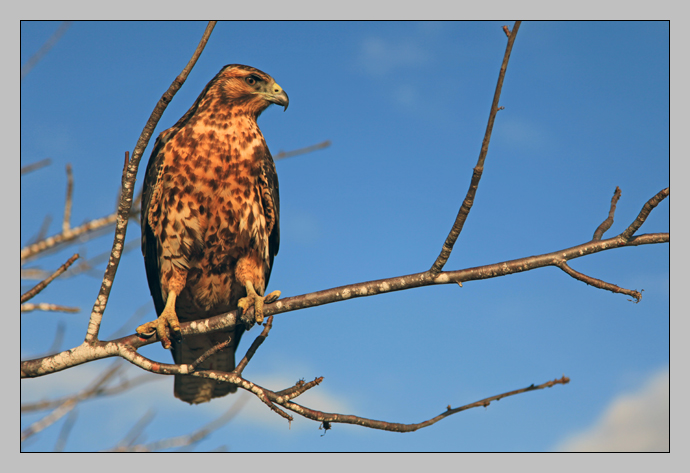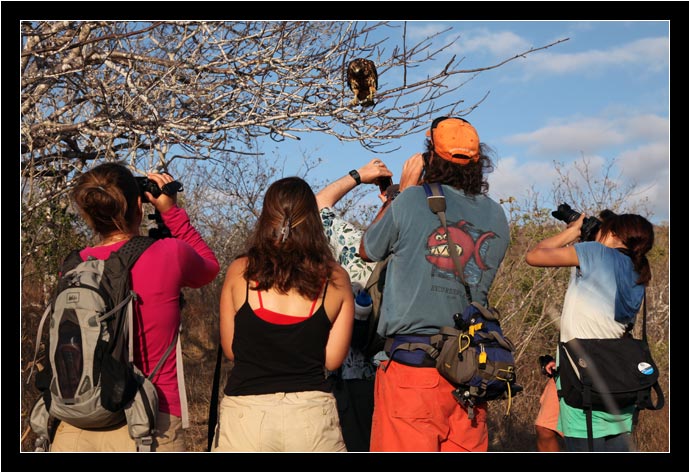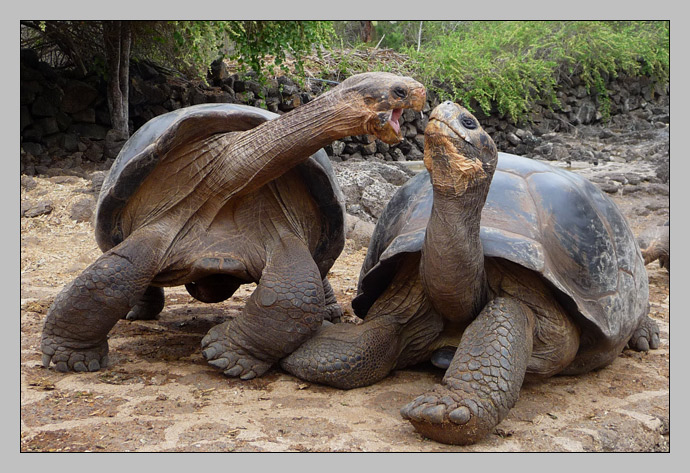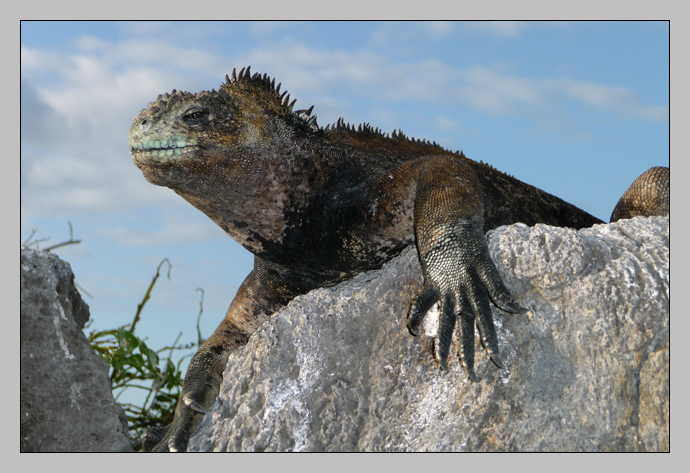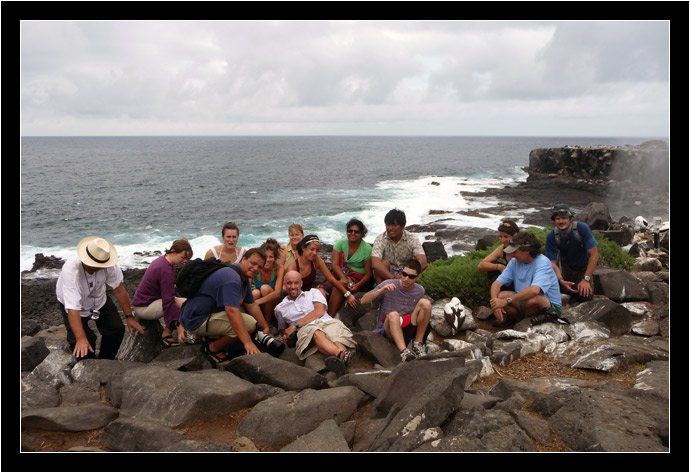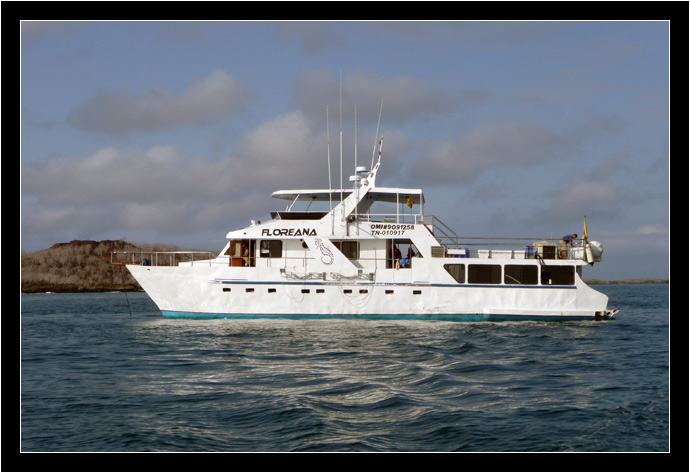An Invitation to Visit Australia

As I mentioned previously, Oksana and I have decided to spend a year living and working in Australia. However, we’re trying very hard to replenish some of the savings we burned through traveling around the world, so playing the tourist isn’t something we’re planning to do while we’re in Brisbane. Though it’d be a shame to live an entire year in Australia and not see anything outside of Brisbane…
So we’re making plans. Plans which may involve you, especially if you’re one of our friends or family members (or pretty much anyone on our Facebook or Twitter list!)
Although I haven’t really had the opportunity (yet!) to share what happened on our Galapagos trip – the one where we invited friends and family to come along with us – both Oksana and I viewed it as a big success. We had 5 people join us in Ecuador; a good friend, his cousin (who we’d never met at all), and a family of three I barely knew in passing. We all hit the streets of Quito, found ourselves a luxury cruise at a reasonable price, flew out to the islands, and spent a week together on a boat. Afterwards, our friend stayed an extra week with us in Ecuador, where we took him on a day trip into the jungle. I think it’s safe to say a good time was had by all.
Solo travel has its own rewards, but there’s something immensely satisfying about sharing adventures with other people. For that reason, I’m not only glad I got to travel the world with my wife, but I’m also thankful that other people joined us, as well.
I know that many people consider Australia to be on their “bucket list,” that is, a place they want to visit before they die. If you’re one of them, why not consider joining us Down Under later this year?

